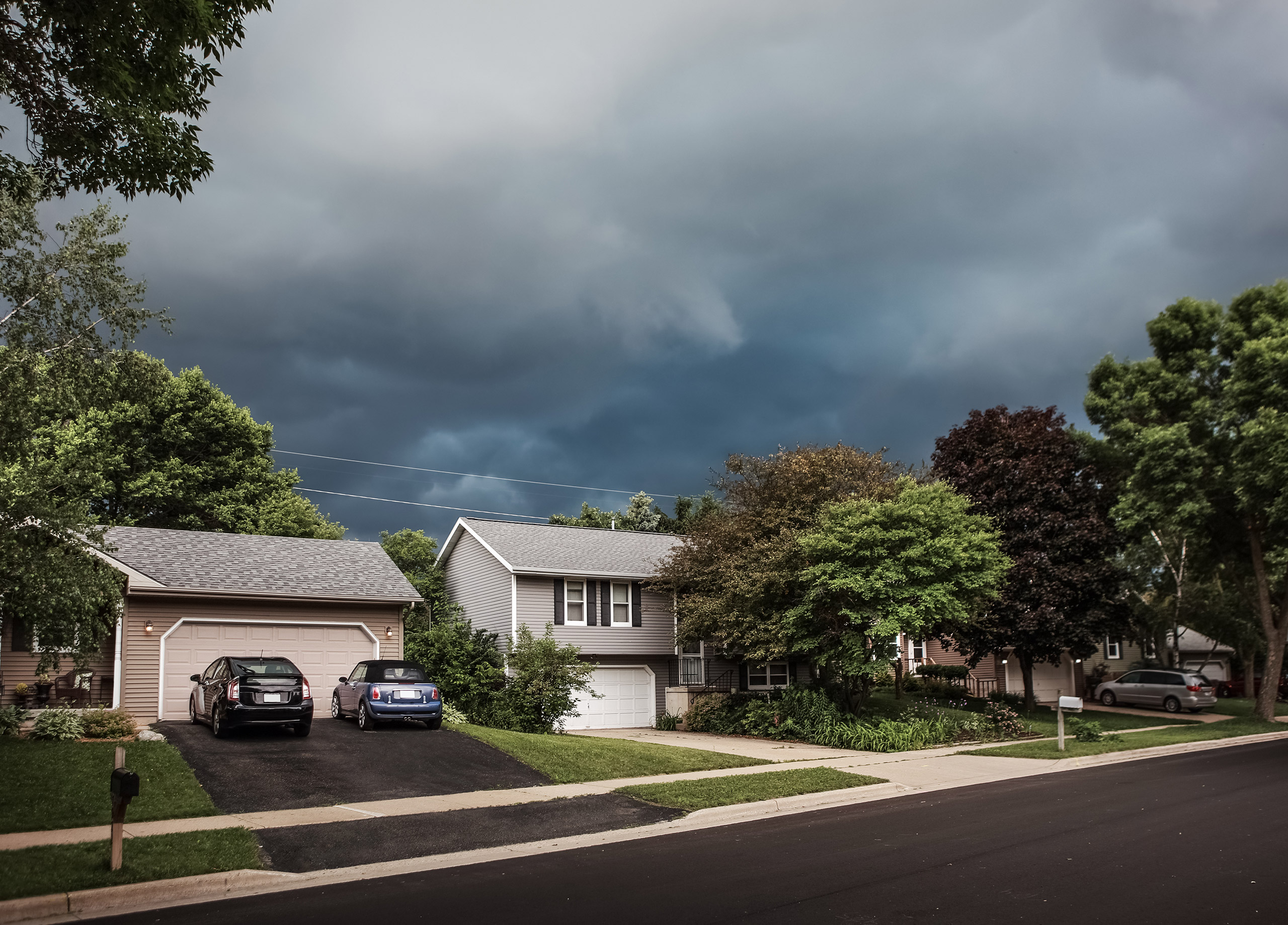
Dear Professional Managers in Public Works, Solid Waste, Emergency Management, and Planning:
Hurricane season is here, and Long Island needs to be ready for the next big storm.
With surface temperatures higher than usual across the Atlantic Ocean, the National Oceanic and Atmospheric Administration (NOAA) is forecasting 12 to 17 named storms this hurricane season. Of these named storms, several are expected to become hurricanes that could be classified category 3 or higher. The greatest unknown is where the hurricanes will strike.
Preparation and Planning
Earlier this year, Winters Bros. produced a report entitled “The State of Waste – A review of the solid waste crisis facing Long Island.” This report reviewed the significant and unique challenges associated with managing the staggering amount of waste generated on Long Island and provided 14 recommendations to address them. Recommendation #13 specifically focused on the preparation needed to be ready for the next big storm, stating:
Municipalities should develop storm debris management plans that identify transportation assets and the locations of both temporary storage/transfer sites and permanent disposal sites for the management of storm debris following a significant weather event. Because various types of wastes are generated from storm events, the management plan should address what types of wastes will be accepted at each location. To lessen their burden during periods of emergency response, and avoid delaying contractors’ activities, municipalities should have all applicable debris cleanup, transportation, and disposal contracts ready for execution prior to the arrival of the next major storm.
Winters Bros. is ready, willing, and able to provide environmentally friendly solutions for Long Island. We will all need to work together to ensure a successful response to the next big storm.
Preparing for the Next Storm
Municipalities faced considerable challenges in the aftermath of Superstorm Sandy when it hit Long Island on Oct. 29, 2012. Most villages, towns, and cities struggled to handle the massive amounts of storm debris and landscape waste that was generated in the wake of the storm. Budgets and resources were strained due to the costly and prolonged clean up.
Today, the challenges presented by extreme weather events are as great as ever. Long Island is a densely populated area. Additionally, trees have naturally grown and aged over the past 11 years, resulting in a mature tree canopy that can create large amounts of storm debris. Collecting, transporting and disposing of storm debris will be a daunting task across the region.
The following are recommendations to help ensure timely clean ups:
1. All municipalities should develop or update their storm debris management plans.
- Plans should identify the locations of both temporary storage/transfer sites and permanent disposal sites.
- Various types of wastes will be generated during a storm event including landscape waste, residential waste, construction waste, household hazard waste , flood waste marine debris, etc… Management plans should address what types of waste will be accepted at each location.
- Plans should be in place for the transportation and disposal of storm debris.
2. Municipalities must work together.
- Although there are numerous municipalities that normally operate independently within Nassau County and Suffolk County, coordination among municipalities will allow multiple municipalities to utilize temporary debris management locations and would likely improve the cleanup process.
- Municipalities across Nassau and Suffolk should maintain open communication regarding their storm debris management plans, possibly with an annual meeting to share ideas and attempt to address previous challenges that were encountered following a significant storm event.
3. Be prepared
- Download and use the following checklist as a reference document when a storm is forecasted to strike Long Island.
